Astronomers discover massive radio galaxy 100 times larger than the Milky Way.
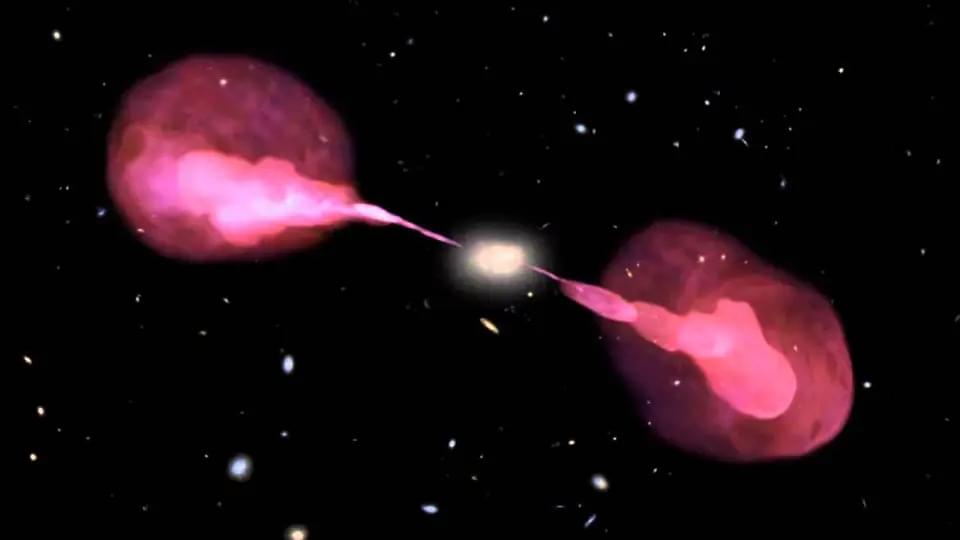

A new episode of Robots In Space will premiere on Saturday, January 4th at 1 PM PT.
The topic is the mysterious Noctis Labyrinthus — Labyrinth of Night — on Mars! Mars Express is one of the spacecraft investigating it.
Discover why Noctis Labyrinthus could be humanity’s future home on Mars! Join aerospace engineer Mike DiVerde as he analyzes groundbreaking research from three Mars orbital missions that revealed extensive water systems in this equatorial region. Using data from Mars Express, MRO, and Mars Global Surveyor, learn how ancient groundwater shaped this mysterious labyrinth of canyons near the massive Tharsis volcanoes. This comprehensive analysis explains why Noctis Labyrinthus, with its potential subsurface water, caves, and strategic location, might be the perfect site for future Mars colonization. Whether you’re passionate about Mars exploration or curious about humanity’s next giant leap, this evidence-based examination of Mars geology and potential habitable zones will change how you think about settling the Red Planet.

Dust storms on Mars could one day pose dangers to human astronauts, damaging equipment and burying solar panels. New research gets closer to predicting when extreme weather might erupt on the Red Planet.
Today’s weather report on Mars: Windy with a chance of catastrophic dust storms blotting out the sky.
In a new study, planetary scientists at the University of Colorado Boulder have begun to unravel the factors that kick off major dust storms on Mars — weather events that sometimes engulf the entire planet in swirling grit. The team discovered that relatively warm and sunny days may help to trigger them.
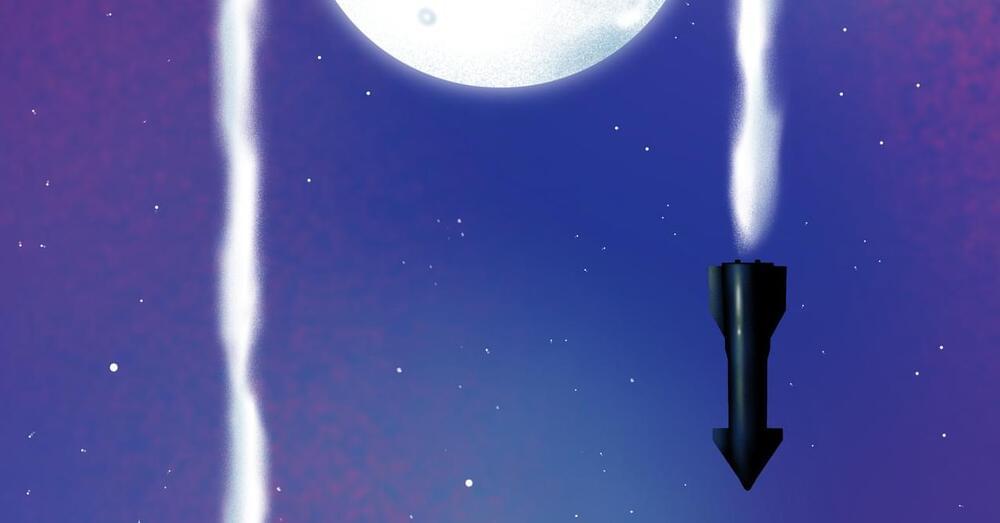

Astronomy enthusiasts, brace yourselves for a dazzling display as the Quadrantids, the first meteor shower of 2025, light up the sky.
The Quadrantids are unique among meteor showers as they originate from debris left by an asteroid, rather than a comet. This shower, best viewed in the Northern Hemisphere, is renowned for its bright fireballs and has been described by NASA as one of the strongest and most consistent meteor showers of the year. However, the peak visibility window is relatively short, lasting just six hours on the night of Jan. 2 into Jan. 3, and winter weather conditions such as frigid temperatures and overcast skies may challenge observers.
The Quadrantids are named after Quadrans Muralis, an 18th-century constellation astronomers no longer use. Both the constellation and the shower are named after an instrument called the quadrant, which was once used to measure the altitudes of stars and other bodies in the night sky.
Last video: The 2025 Boring Company Update Is Here!
► Support the channel by becoming a member: https://www.youtube.com/channel/UCJjAIBWeY022ZNj_Cp_6wAw/join.
►The Tesla Space Merch Store Is Live! Shop our newest release while quantities last: https://shop.theteslaspace.com/
► Patreon: https://www.patreon.com/theteslaspace.
► Join Our Discord Server: https://discord.gg/zfMNSnuRQN
► Subscribe to our other channel, The Space Race: https://www.youtube.com/channel/UCeMcDx6-rOq_RlKSPehk2tQ
► Subscribe to The Tesla Space newsletter: https://www.theteslaspace.com.
► Use my referral link to purchase a Tesla product and get up to $1,300 off and other exclusive benefits. https://ts.la/trevor61038
Subscribe: https://www.youtube.com/channel/UCJjAIBWeY022ZNj_Cp_6wAw?sub_confirmation=1
Welcome to the Tesla Space, where we share the latest news, rumors, and insights into all things Tesla, Space X, Elon Musk, and the future! We’ll be showing you all of the new details around the Tesla Model 3 2023, Tesla Model Y 2023, along with the Tesla Cybertruck when it finally arrives, it’s already ordered!
Instagram: https://www.instagram.com/TheTeslaSpace.
Twitter: https://twitter.com/TheTeslaSpace.
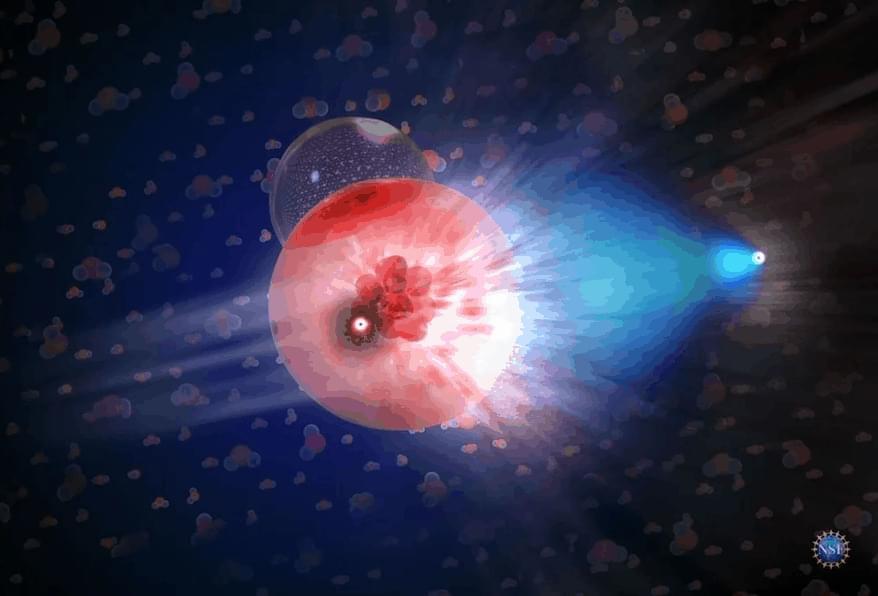
Every second, 60 billion neutrinos pass through your thumbnail from the Sun alone!
Neutrino Detectors and the Pacific Ocean Experiment
In the search to understand the cosmos, neutrinos—subatomic particles created in nuclear reactions—have become critical clues to some of physics’ most complex questions. Produced in vast quantities by processes such as nuclear fusion in the Sun, neutrinos are hard to capture due to their weak interactions with matter. On Earth, advanced detectors have been built to study them, including Japan’s Kamiokande and the IceCube Neutrino Observatory in Antarctica. Now, astronomers are setting their sights on a new frontier for neutrino observation: the depths of the Pacific Ocean.
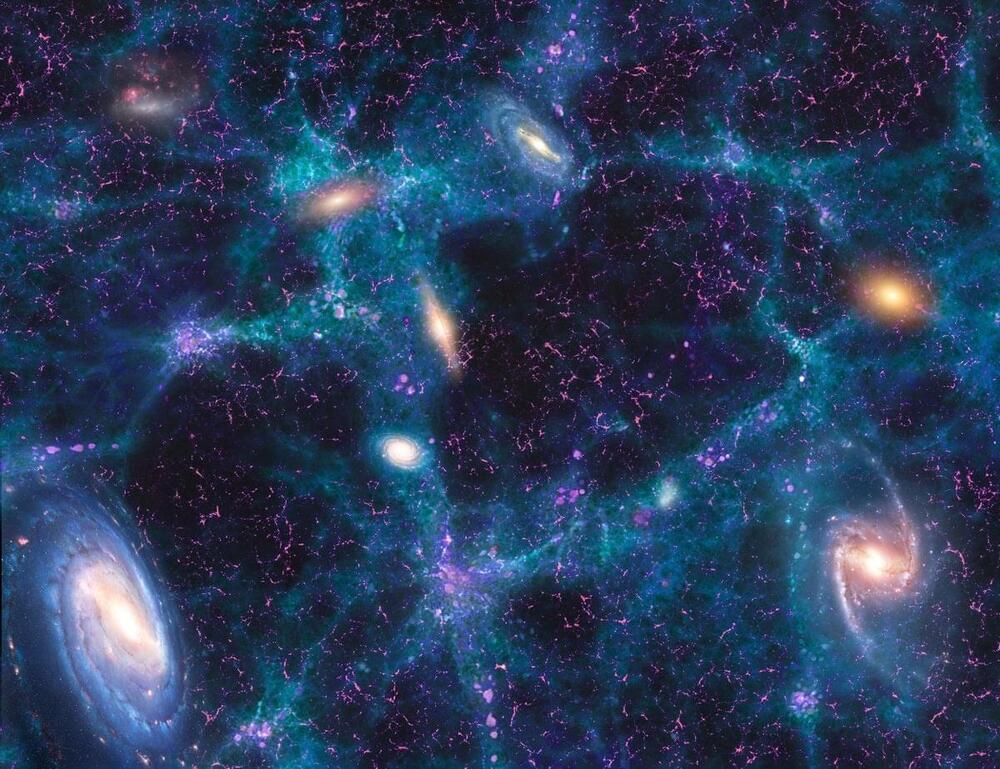
According to a tenet scientists call the cosmological principle, our place in space is in no way exceptional. But recent observations could overturn this long-held assumption.
By Sarah Scoles edited by Lee Billings & Jeanna Bryner
Ever since humans started gazing at the heavens through telescopes, we have discovered, bit by bit, that in celestial terms we’re apparently not so special. Earth was not the center of the universe, it turned out. It wasn’t even the center of the solar system! The solar system, unfortunately, wasn’t the center of the universe either. In fact, there were many star systems fundamentally like it, together making up a galaxy. And, wouldn’t you know, the galaxy wasn’t special but one of many, which all had their own solar systems, which also had planets, some of which presumably host their own ensemble of egoistic creatures with an overinflated sense of cosmic importance.
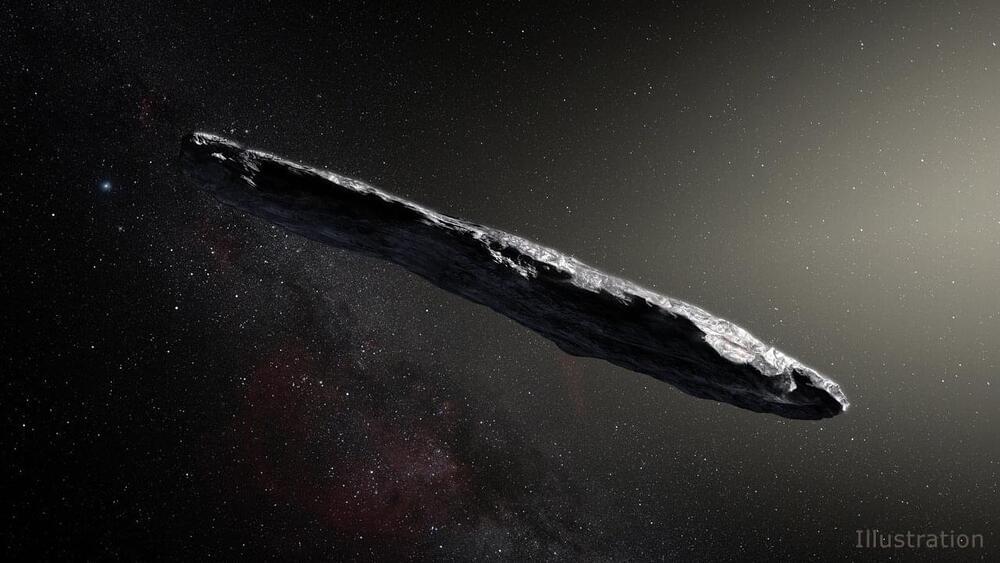
The first dark comet—a celestial object that looks like an asteroid but moves through space like a comet—was reported less than two years ago. Soon after, another six were found. In a new paper, researchers announce the discovery of seven more, doubling the number of known dark comets, and find that they fall into two distinct populations: larger ones that reside in the outer solar system and smaller ones in the inner solar system, with various other traits that set them apart.
The findings were published on Monday, Dec. 9, in the Proceedings of the National Academy of Sciences.
Scientists got their first inkling that dark comets exist when they noted in a March 2016 study that the trajectory of “asteroid” 2003 RM had moved ever so slightly from its expected orbit. That deviation couldn’t be explained by the typical accelerations of asteroids, like the small acceleration known as the Yarkovsky effect.
It could have huge consequences 😰 Read more.
NASA has been monitoring an anomaly in Earth’s magnetic field, growing 40,000 miles above the planet’s surface between South America and southwest Africa.